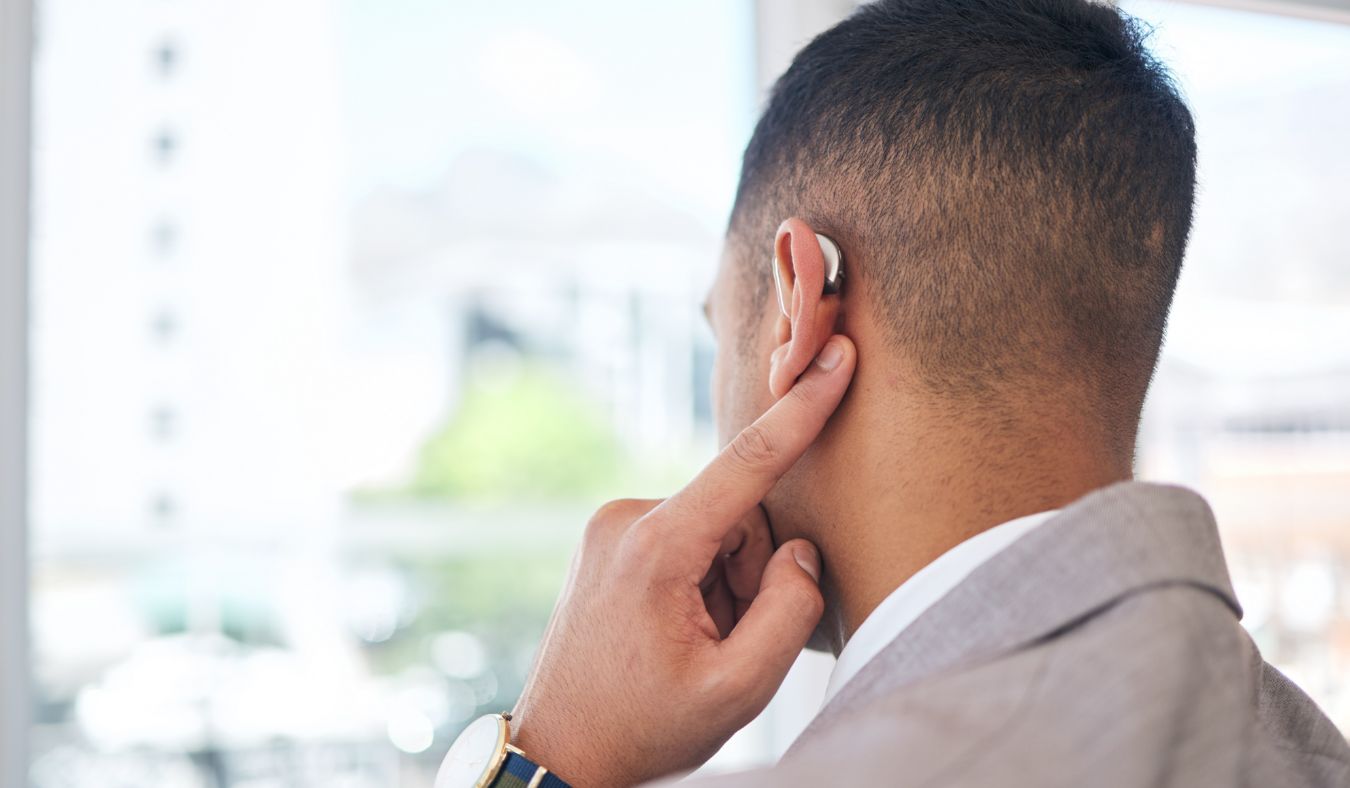So, you’ve just gotten your new hearing aids, congratulations! You’re on your way to a better hearing experience, but the transition period can sometimes be challenging. Here’s what you can expect as you adjust to your new hearing aids, courtesy of AudiologyHQ.
Initial Discomfort and Adjustment Period
When you first start wearing your new hearing aids, it’s normal to experience some initial discomfort. Your ears are adjusting to having a foreign object in them, and the amplified sounds may seem overwhelming at first. Give yourself some time to get used to the feeling of wearing hearing aids, and don’t get discouraged if it doesn’t feel perfect right away.
Your Voice May Sound Different
One common adjustment when wearing hearing aids is that your own voice may sound different to you. This is because hearing aids amplify sound, including your own voice. It can take some time to get used to this change, but rest assured that it’s normal. Your brain will eventually adjust, and your voice will sound more natural to you.
Understanding Background Noise
As you begin wearing your hearing aids, you may notice that you’re hearing background noises more clearly than before. This can be distracting or overwhelming at first, but it’s an essential part of the adjustment process. Hearing aids are designed to pick up a wide range of sounds, including background noise. With time, your brain will learn to filter out unnecessary noise and focus on what’s important.
Adjusting to Different Environments
One of the most significant benefits of wearing hearing aids is being able to hear better in various environments. However, it may take some time to adjust to different sounds in specific settings. For example, a busy restaurant or a crowded party can be challenging for new hearing aid wearers. Give yourself time to adapt to these new listening experiences, and don’t hesitate to adjust the settings on your hearing aids as needed.
How Long Does It Take To Adjust To New Hearing Aids?
Now that you know what to expect when adjusting to your new hearing aids, you may be wondering: how long does it take to get used to them fully? The answer varies from person to person. Some individuals adapt quickly, while others may need more time. On average, it can take anywhere from a few days to a few weeks to adjust to wearing hearing aids comfortably.
Factors That Affect Adjustment Time
Several factors can influence how long it takes to adjust to new hearing aids. These include:
- Severity of Hearing Loss: Individuals with severe hearing loss may take longer to adapt to hearing aids than those with mild to moderate hearing loss.
- Consistency of Wear: The more consistently you wear your hearing aids, the faster you’re likely to adjust to them. Try to wear them for most of the day, every day, to help speed up the adjustment process.
- Support System: Having a supportive network of friends, family, or a hearing healthcare provider can make a significant difference in how quickly you adjust to wearing hearing aids.
Tips To Speed Up the Adjustment Process
If you want to adjust to your new hearing aids more quickly, here are some tips to help you along the way:
- Be Patient: Give yourself time to get used to wearing hearing aids. It’s okay to feel frustrated or overwhelmed at first, but remember that it will get better with time.
- Practice Listening: Engage in activities that involve listening, such as having conversations with friends or listening to music. This will help train your brain to focus on important sounds.
- Seek Professional Help: If you’re struggling to adjust to your hearing aids, don’t hesitate to reach out to your hearing healthcare provider. They can make adjustments to your devices or provide tips to make the process easier.
Adjusting Settings on Your Hearing Aids
As you continue to wear your hearing aids and adapt to new listening experiences, you may find that you need to adjust the settings on your devices. Most modern hearing aids come with various features and settings that can be customized to suit your preferences and hearing needs.
Understanding Hearing Aid Settings
Hearing aids have different settings that control features such as volume, directionality, noise reduction, and more. Here are some common settings you may encounter:
- Volume Control: Adjusts the volume of sound coming through your hearing aids. You can increase or decrease the volume as needed.
- Program Selection: Allows you to switch between different listening programs optimized for specific environments, such as quiet settings or noisy restaurants.
- Noise Reduction: Helps reduce background noise to improve speech clarity in challenging listening situations.
- Directional Microphones: Focuses on sounds in front of you while reducing noises from other directions.
How To Adjust Hearing Aid Settings
To adjust the settings on your hearing aids, follow these steps:
- Consult Your User Manual: Refer to the user manual that came with your hearing aids for specific instructions on adjusting settings.
- Use the App: Many modern hearing aids come with smartphone apps that allow you to control settings remotely. Download the app and follow the instructions to make changes.
- Visit Your Hearing Healthcare Provider: If you’re unsure how to adjust your hearing aid settings, schedule an appointment with your hearing healthcare provider. They can walk you through the process and make personalized recommendations.
Maintenance and Care Tips for Your Hearing Aids
Proper maintenance and care are essential for keeping your hearing aids in optimal condition and ensuring that they continue to work effectively. Here are some tips to help you maintain your hearing aids:
Cleaning Your Hearing Aids
Regular cleaning is essential to prevent wax buildup and debris from affecting the performance of your hearing aids. Follow these steps to clean your devices:
- Use a clean, dry cloth: Wipe the exterior of your hearing aids with a clean, dry cloth to remove any dirt or debris.
- Clean the earmolds or tips: If your hearing aids have earmolds or tips, remove them and clean them with a mild soap solution. Rinse thoroughly and let them dry before reattaching.
- Inspect the microphone and speaker: Use a brush or hearing aid pick to gently remove any wax buildup from the microphone and speaker openings.
Storing Your Hearing Aids
Proper storage can help prolong the life of your hearing aids. Follow these tips:
- Use a drying kit: Consider investing in a hearing aid drying kit to remove moisture and prevent damage to your devices.
- Store in a cool, dry place: Keep your hearing aids in a cool, dry place when you’re not wearing them to prevent damage from humidity or heat.
- Keep away from children and pets: Store your hearing aids out of reach of children and pets to avoid accidental damage.
Handling Your Hearing Aids with Care
Handle your hearing aids with care to prevent damage. Here are some tips:
- Avoid dropping or exposing to moisture: Be careful when handling your hearing aids to avoid dropping them or exposing them to moisture, which can damage the internal components.
- Remove before showering or swimming: Take off your hearing aids before showering, swimming, or engaging in water-related activities to prevent water damage.
- Avoid exposure to heat: Keep your hearing aids away from direct sunlight or sources of heat, such as hairdryers or heaters, which can damage the devices.
Regular Hearing Aid Check-Ups
Regular check-ups with your hearing healthcare provider are essential for ensuring that your hearing aids are functioning correctly. During these appointments, your provider can clean and check your devices for any issues or necessary adjustments.
In conclusion, adjusting to new hearing aids may take some time, but with patience and practice, you’ll soon enjoy the benefits of improved hearing. Remember to follow these tips for maintenance and care to help prolong the life of your devices and ensure they continue to work effectively. If you have any concerns or questions about your hearing aids, don’t hesitate to reach out to your hearing healthcare provider for assistance. Happy hearing!




